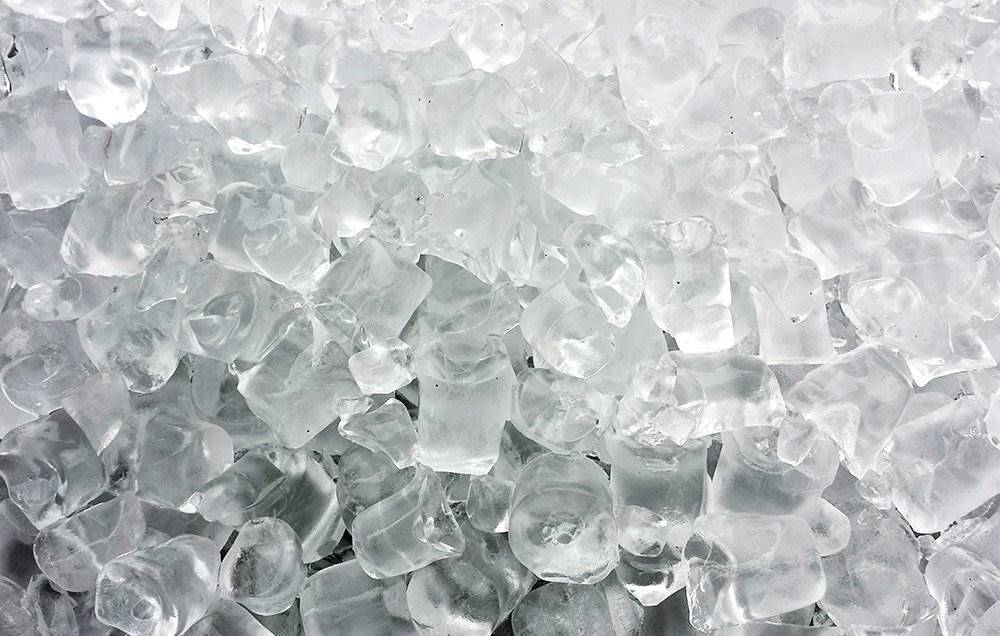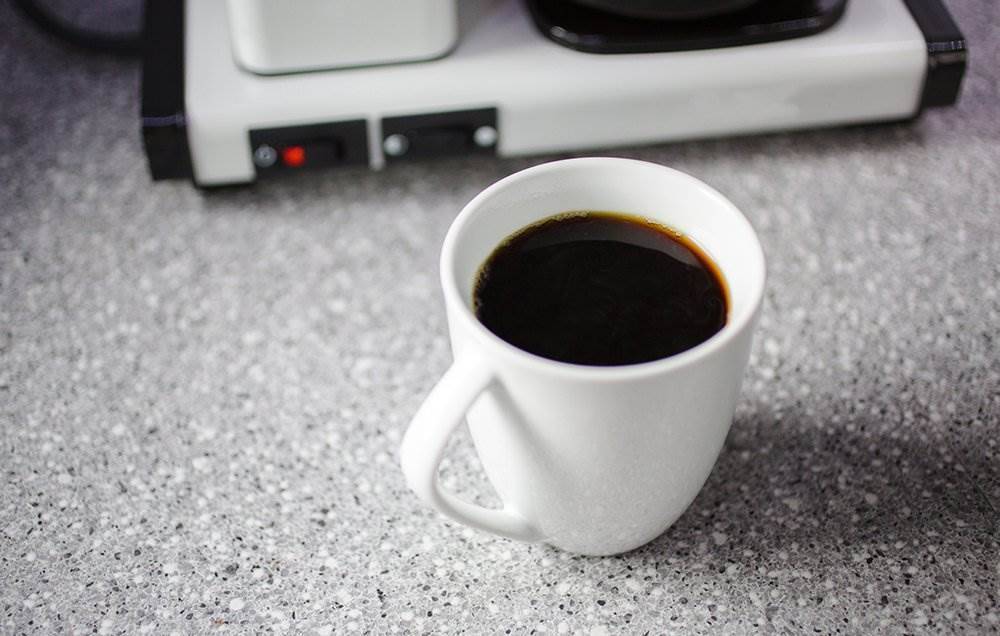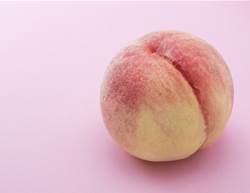One woman dips her toes into the world of ice baths, tart cherry juice and slow jazz—all in the name of better workout recovery.
Your workout is only as good as your recovery. After all, if your muscles don’t recover and adapt from each sweat session, they can't get any stronger. That's why, as a trainer and exercise lover, I’m never short on recovery methods.
My longtime favourites—eating a combination of carbs and protein as well as performing light, aerobic exercise when I'm fatigued—aren’t all that complicated. But they are research-backed and actually do work.
For instance, one review concluded that consuming carbs and protein within even a few hours of your workout is effective at repleting your body’s reserves of stored carbohydrates (called glycogen) and maximizing muscle recovery. Most experts agree that, following exercise, a 2:1 to 4:1 serving ratio of carbs to protein is ideal, so my go-to post-workout snacks and meals include Greek yogurt and fruit, avocado toast with an egg and veggies, and steel-cut oats and protein shake—I’ve also been known to drink chocolate milk on occasion.
Meanwhile, when I’m feeling sore, stiff, or a little run down from past workouts, it’s the perfect opportunity for a light jog or some QT on the stationary bike. Research consistently shows that low- to moderate-intensity aerobic exercise can help lower symptoms of delayed onset muscle soreness and help exercisers recover faster. (FYI, experts used to think aerobic exercise helped clear lactic acid from the muscles, but we now know that lactic acid does not contribute to muscle soreness!)
But what about the off-the-beaten-path recovery methods? The ones your best friend tells you about and you see all over Facebook? Do they work? To find out, I combed through the research journals, interwebs (a scary place!), talked to top experts, and tried them myself.




Recovery Method #1: Drinking tart cherry juice
Packed with colourful antioxidant compounds called polyphenols, tart cherries are believed to help keep your post-workout inflammation levels in check to help your body repair tissues faster following each sweat session, says dietitian Emmaline Rasmussen. In one Scandinavian Journal of Medicine and Science in Sports study of marathoners, those who drank tart cherry juice throughout the week of their race recovered their muscle strength and function faster than those who went without. (If you're over 40 and about to start running for the first time, here are 8 things you need to know.)
Bottom’s up: I’ve never been big on juice or cherries, so I was surprised to find that this post-workout beverage was actually tasty—the flavour was more akin to grape juice than to cranberry juice, which I hate. I sipped a small glass (about 225mL) for eight days. That way I had the juice a full five days before my hardest workout of the week, the day of, and two days after. And, oddly enough, I think it actually worked. (If it didn’t, I have no way to explain why my leg-day workout didn’t leave me limping for days like it usually does.)
If you’re going to try this one, exercise physiologist Pamela Geisel recommends not banking on any effects for a few days. She notes that in most studies, like the marathoner one above, the participants begin drinking the juice five days before their big event or race, continuing the routine up to 48 hours following exercise. Aim to drink 225mL - 440mL per day. But remember, even 100% tart cherry juice contains a hefty amount of sugar and calories, so drink up right before or after your workouts to use both for fuel.
Recovery Method #2: Listening to calming music
I completely stumbled across this recovery strategy, and both Geisel and I were immediately intrigued. After all, more and more research is showing that the music we listen to has a huge impact on nervous system activity. By triggering the release of get-it-done stress hormones, fast-paced, upbeat, motivational music tends to spur better workout performances and make exercise feel easier. So it makes sense that slow, calm tunes could help us bring down our stress response and recover faster.
That’s exactly what one small study out of India showed. In it, men and women who listened to slow music following their workouts made a faster return to baseline measures—including heart rate and blood pressure—than those who listened to fast music or no music at all.
Press play: I first chose to listen to Miles Davis to cool down following one high-intensity workout, and I did find myself falling asleep better that night (I generally work out at night!). So the next day, I tried it again with similar success. This one, I’m sticking with. In theory, the better sleep may have helped my muscles recover faster (though it was hard to tell), but better sleep was reason enough for me to stock my Spotify library with jazz and acoustic stations.
The research findings are still so new here, it’s hard to give a definite recommendation on when and how long you need to listen to slow tunes to promote recovery. And, to be clear, it’s not definitive that slow music can help you recover better. But, as far as I’m concerned, your body reacts to the input you give it. Music is one such input. So whether you want to get amped up or you want to slow down and recover, your music should reflect that.
Recovery Method #3: Taking ice baths
You’ve undoubtedly heard of this one. But, unless you’re a masochist, you probably haven’t tried it. Fortunately for all who aren’t fans of excruciating cold baths, cold-water immersion doesn’t seem to be hugely helpful in aiding recovery. “The most consistent finding is a reduction in self-reported pain after sitting in an ice bath—likely a placebo effect,” Geisel says. After all, after an ice bath, delayed onset muscle soreness is child’s play. #perspective
In one British Journal of Sports Medicine study, post-workout ice baths had no effect on exercisers’ swelling, function, or inflammatory markers. Another study in The Journal of Physiology concluded that it actually hinders post-strength-training muscle recovery.
Taking the plunge: On paper, ice baths aren’t worth it. But I tried one anyway, and I can tell you that it's also true in practice. It hurt so much. Different advocates of ice baths recommend various soaking time, anywhere from a minute to 15 or more. I made it for just 5 minutes during my plunge before I cried “Uncle!” and spent the next half an hour in a hot, steaming shower. Honestly, even if the research one day shows a definite benefit to ice baths, it’s hard to imagine any benefit that would outweigh the pain.
If you do try an ice bath, try wearing socks over your feet to keep them from getting too cold (all relative). Dr Danielle Bass recommended the trick to me, and it definitely did help.
Recovery Method #4: Drinking coffee
Now here’s a strategy I can get behind! All kidding aside, through the years, research has shown coffee (and caffeine in particular) to give people the extra boost of energy needed to help them crush their workouts. But coffee for exercise recovery? That was new to me.
Like tart cherries, coffee is also rich in polyphenols, which help combat excess inflammation to promote actual recovery, Rasmussen says. Meanwhile, caffeine is a known analgesic, meaning it helps lower pain perception. Which might explain why a 2013 study in the Journal of Strength and Conditioning Research found that, when exercisers took caffeine one hour before their workouts, they experienced less muscle soreness on the following two days, compared to when they performed the same workouts caffeine-free.
Perk up: This one wasn’t hard to try—I just had to move my workouts earlier in the day to make sure I wouldn’t caffeinate too close to bedtime. Research suggests that two cups of coffee prior to exercise is ideal for mediating post-workout muscle soreness, so I ordered my regular 600mL latte and made sure to hit the gym within an hour of my last sip. I definitely noticed that I was hitting the weights a bit harder than usual during my workouts, but they seemed to actually leave me less sore than usual. Did the drop in pain come with better recovery and benefits? I can't be sure without testing, but if you like coffee (and stay away from sugar-laden blended beverages), it just makes sense to schedule your workouts right after your morning cup of Joe and get them out of the way.



.jpg&h=90&w=90&c=1&s=1)






